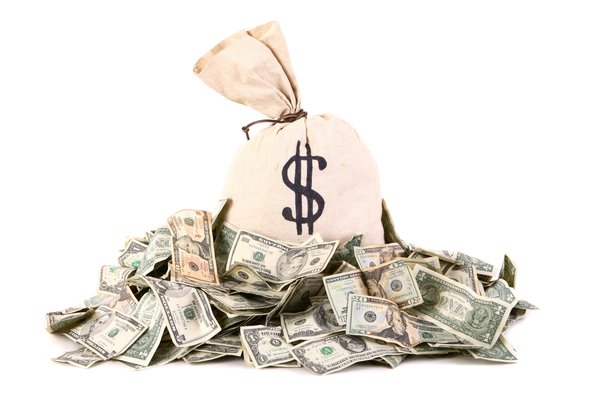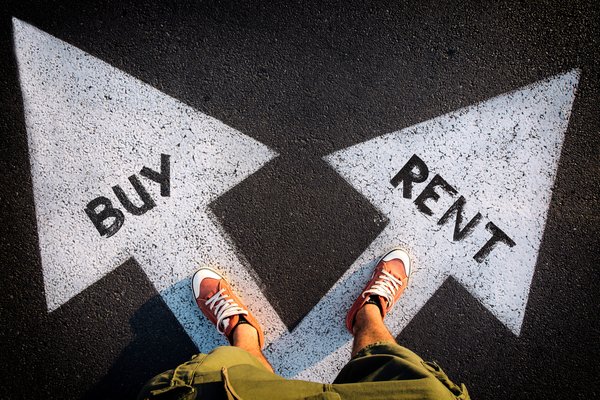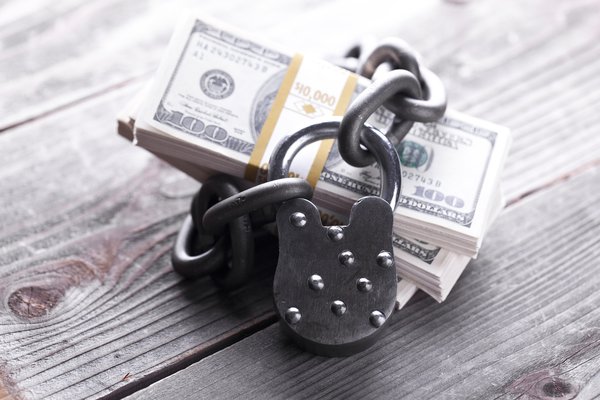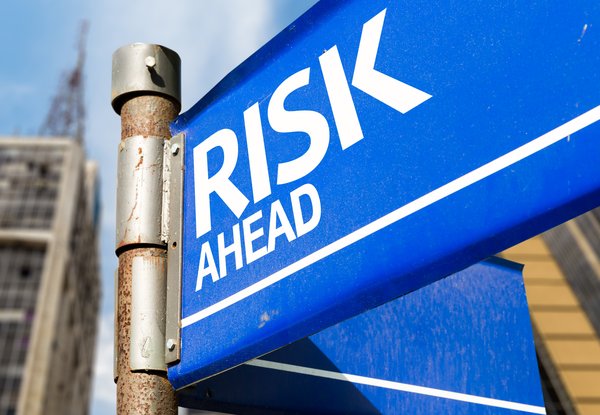In the world of finance, there are all sorts of acronyms that represent ways to measure the efficiency and performance of a business or investment; IRR, ROE, and ROI are some of the staples you might hear finance professionals throw around. For those looking at the simplest way to measure the growth and efficiency of an investment, return on investment, or ROI, is the most fundamental of all.

Overview
What is ROI?
ROI stands for Return on Investment and is a metric used to measure the efficiency of the performance of an investment over time. The equation is simple:
ROI = Current value of investment – Cost of investment/Cost of investment
or simply
ROI = Profit/Cost
This measure can be used by everyone from retail investors buying and flipping Pokémon cards for a profit to fund managers seeking to allocate capital to different industries. Despite its broad usability, ROI should be considered alongside other factors such as risk, investment duration, and economic conditions. ROI is an invaluable starting point, but it's not the sole determinant in the investment decision-making processes.
How it's used
How investors can use ROI
ROI is essential for comparing different investments and deciding where to allocate resources. It helps investors see which options are performing better relative to their costs, allowing for more strategic financial planning. By evaluating ROI regularly, investors and companies can identify the most profitable investments and adjust their strategies to maximize returns.
Let's say that the investor not only invests his money in real estate but also flips Pokémon cards and buys various forms of cryptocurrency. They might have different ROIs over a five-year period for different asset classes. Say, the investor can make 89% on his property and 113% and 189% on cryptocurrency and Pokémon cards, respectively. In this case, depending on their investor profile, they might opt to invest in one of the latter or diversity across the whole three, allocating capital based on other metrics, such as risk.
IRR vs. ROI
What's the difference between IRR and ROI?
ROE and IRR are metrics used by more sophisticated investors and measure things differently from ROI. IRR, or internal rate of return, is a metric used to estimate the profitability of potential investments, considering the time value of money. It's ideal for comparing projects that differ significantly in terms of when and how they generate cash flow. That said, IRR can be a bit subjective because it assumes all future cash flow can be reinvested at the same rate.
ROE, or return on equity, measures the profitability of an investment based on shareholders' equity without taking into account things like loans. Say three friends invested in a lemonade stand for a 10% share. The return on that 10% is the ROE, or return on equity.
Related investing topics
How to calculate ROI
Example of how to calculate ROI
Let's start off with an easy example of how to calculate ROI using the value of a home. Say you buy a home as an investment with the goal of renting it out and selling it exactly five years later. The price of the home is $100,000.
You put 30% down and pay $10,000 in various closing costs. Even though you're renting your property out, you are still in the negative by $1,000 per year vs. your rental income due to your mortgage and other various costs.
This brings your total costs to:
$30,000 (30% down payment) + $10,000 (closing costs) + $5,000 (running costs) = $45,000 total cost/capital employed.
| Down payment | $30,000 | 30% of the home's purchase price ($100,000) |
| Closing costs | $10,000 | Fees incurred during the sale |
| Running costs | $5,000 | Total negative cash flow over five years |
| Total investment | $45,000 | Combined initial outlay |
| Sale price | $150,000 | Price property was sold for |
| Profit | $105,000 | Sale price minus total investment |
| ROI | 233.33% | Return on investment |
After five years, you sell your property for $150,000 and calculate your ROI. Remember, the only investment you put in was the 30% plus costs; the additional 70% was covered by the bank, so your ROI is $105,000/$45,000 = 233.33%. You put in $45,000 in total and received $105,000 in profit after selling the house and paying back the bank loan, so you have a 233.33% ROI.














































